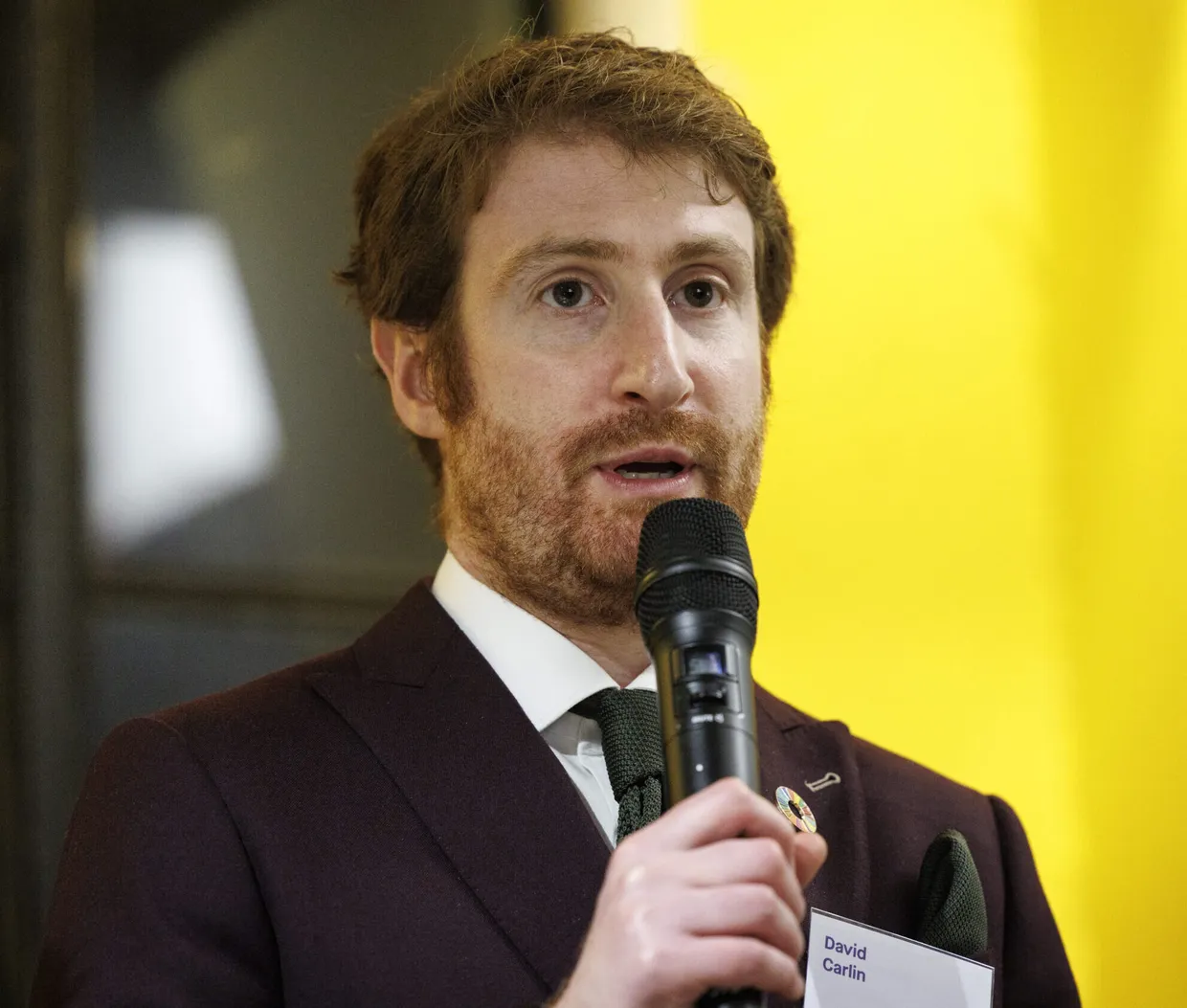Europe’s reporting landscape is shifting, but the direction of travel is set. The Omnibus process aims to simplify the Corporate Sustainability Reporting Directive (CSRD) without dismantling its core: decision-grade, auditable data that links environmental and social impacts to enterprise value. For many mid-sized and fast-growing companies, the big questions are scope, timing, and how to use the extra time wisely. In a recent LinkedIn Live hosted by Sweep, policy expert Julien Denormandie and climate-finance advisor David Carlin unpacked what the latest changes mean and how leaders can turn compliance into capability.
What changed post-Omnibus – and what didn’t
After the Legal Affairs Committee (JURI) vote, the package moves to plenary and then trilogue, where Parliament, Council, and Commission will settle the final text. While details can still evolve, the likely contours are clear.
1. Thresholds: companies are expected to be in scope if they have at least 1,000 employees and €450 million in EU turnover.
2. Timing: newly in-scope companies will report in 2028 on financial year 2027.
3. Indicators: the ESRS datapoints look set to slim from roughly 1,150 to around 350–450, pending EFRAG’s proposal and Commission adoption.
Equally important are the elements that won’t move. Auditability remains non-negotiable: data must be traceable and capable of limited assurance (moving higher over time). Double materiality remains central. And extraterritorial reach is still an EU priority; foreign groups with substantial EU activity should expect to be covered, with thresholds finalised later.






